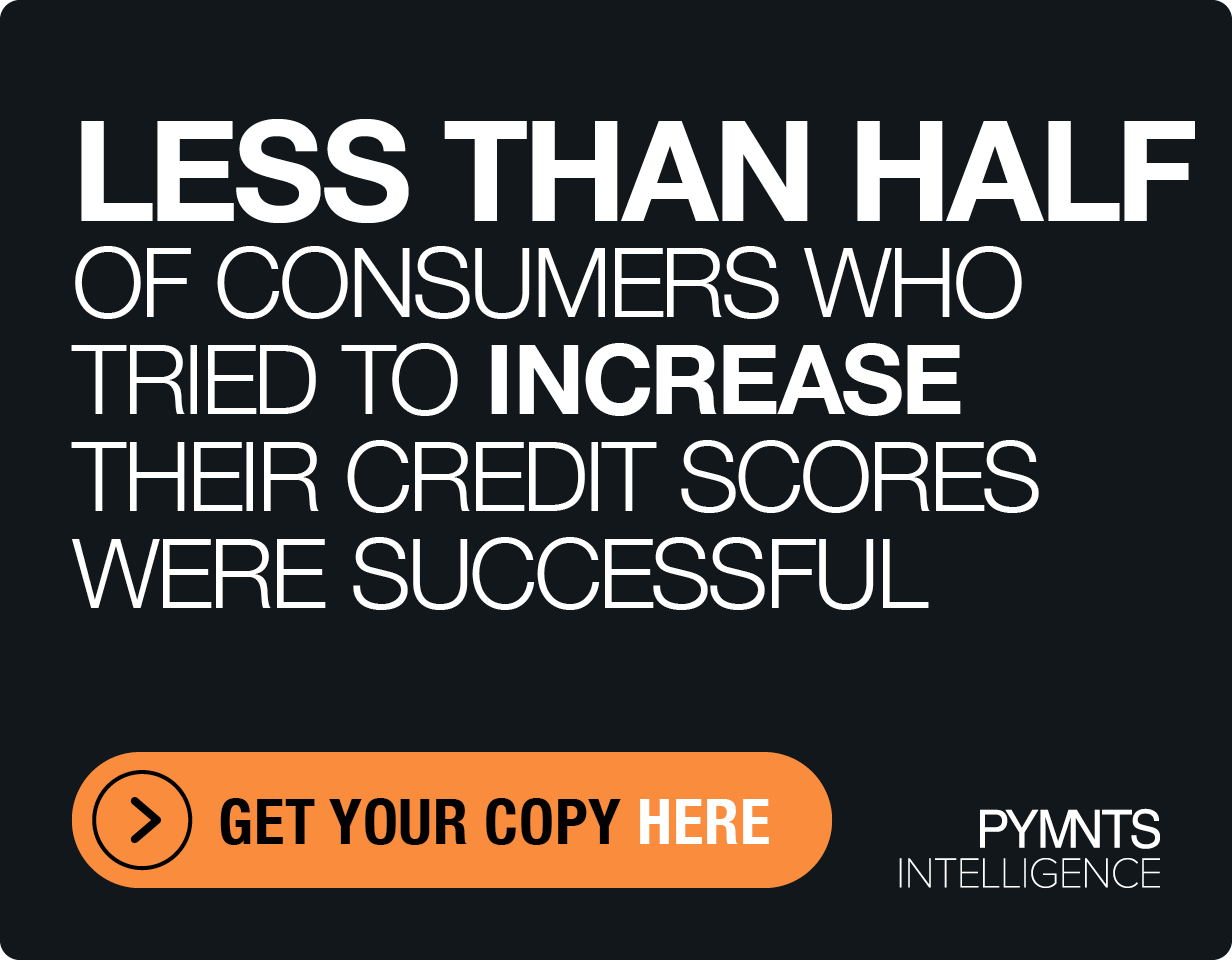Walgreens Jumps On The Beacon Bandwagon
Imitation is the sincerest form of flattery, and that goes doubly so in retail. When one brand strikes it rich with a design, an ad campaign or a technology, it’s become a sound business practice to hug one’s competitors closely to try to outdo them on their own ground.
While Walgreens might not be playing that high stakes of a game, it seems as if last month’s news of Rite Aid adding beacons to its nationwide network of stores may have lit a fire under executives at Walgreens. In an interview with CIO, Walgreens CIO Abhi Dhar detailed his company’s plans to leverage its established Hadoop-based infrastructure to support a beacon-based upgrade of its mobile app experience. The app, which already draws millions of views every month, is intended to serve as the focal point of a new age of Walgreens digital experiences, and Dhar is focused on improving that user-centric view continuously.
“When you become experience-focused, your technology vision is different,” Dhar told CIO. “You don’t accept limitations of enterprise software anymore. You’re maniacally focused on making it easy for customers, which means you eliminate anything that gets in your way, even if it’s the same technology that everybody else uses and you have to consider ripping it up.”
Dhar explained that a select number of Duane Reade stores have already been equipped with beacon networks, and a team is busy at work analyzing the strengths and failings of the pilot program. While the beacons currently only work by sending coupons and other promotions through the official Duane Reade app, Dhar isn’t a believer in a closed beacon network that ultimately hurts the user experience.
“Whether they use our app or a third-party app, we don’t care as long as we have fulfilled them in our stores,” Dhar said.
If Walgreens is ahead in the beacon race with other convenience and pharmacy store chains on philosophy alone, it may not be doing so well in the recruitment of top new talent in the IT fields. Dhar admitted that not many of the top graduates in mathematics, computer science and the like see much glitz and glamour moving to work at the chain’s Midwestern headquarters outside of Chicago. However, Dhar hopes that Walgreens’ global reach and already massive user base may tempt some of the more ambitious graduates to give a career at his organization a shot.
“What I tell them is: ‘How many opportunities does a computer science or math or engineering grad in the Midwest get to go and work on a big complicated system, potentially work with global digitally assets and deliver, using their tech know-how, health care?'” Dhar said.
While Dhar has certainly made some carefully laid plans, there is one major wrench that could be thrown into the gears of his beacon project. PennLive reported that Walgreens’ pending merger with Rite Aid has passed into the hands of regulators at the Federal Trade Commission, and rumors are already swirling of antitrust accusations regarding stores in 31 states. If Walgreens and Dhar can absorb Rite Aid’s beacon network and extend its Hadoop infrastructure for even more information-gathering power, each individual store may be able to offer better experiences, even if it means keeping the Rite Aid name, look and feel around to minimize friction in apps or in stores.
“Walgreens has said it has a lot to learn from Rite Aid and from its wellness format, etc.,” Carol Levenson, corporate bond analyst at GimmeCredit, told PennLive. “If we look at the Duane Reade experience, in that case, Walgreens picked up a lot of merchandising ideas from Duane Reade and rolled them out company-wide. It’s kept the Duane Reade ‘banner’ and likely will keep Rite Aid’s, too.”
